The Internet of Things is bringing with it new requirements for safety and security. Using the IoT, operators can benefit from complex and distributed installations. In addition, autonomous systems are becoming increasingly important in the functioning of modern industry.
From manufacturing to agriculture, these remote operations need instrumentation to provide constant monitoring to provide safety and security. These systems must communicate quickly and accurately, allowing operators to take swift action.
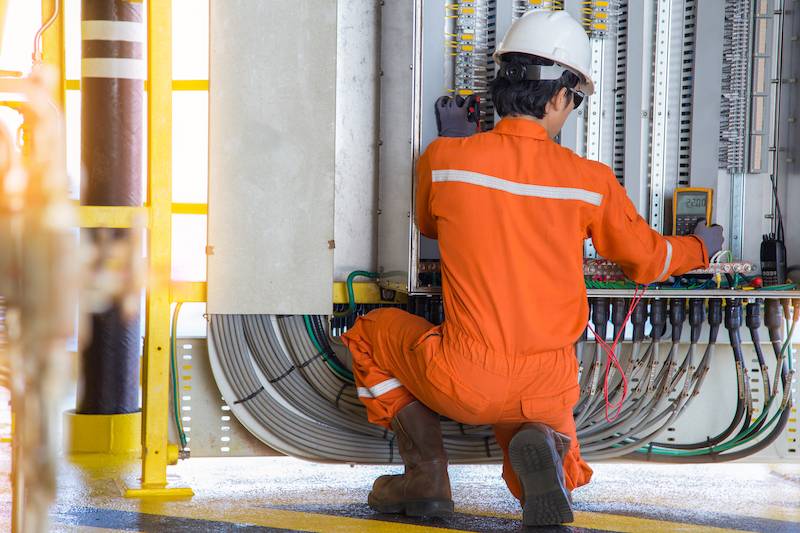
Safety in the Smart Factory
The factory has always been a demanding place, home to dangerous chemicals, extreme conditions, and complex machinery. The rise of autonomous robots and the Industrial Internet of Things, also known as Industry 4.0, makes the modern factory floor a complex environment that must be monitored closely.
The increased autonomy of the modern factory means that machines are working without human supervision. Despite this, factory workers do need access to machinery to perform inspection and maintenance. Modern machine guarding equipment no longer use physical barriers or guards. Instead, instrumentation is used in safety systems to ensure that operators cannot be harmed. Safety interlocks, photoelectric sensors and even thermal imaging can all be used to protect users.
Instrumentation is also responsible for monitoring the environment in the factory space. Safety systems include atmospheric sampling and thermal monitoring equipment, which all provide an accurate picture of conditions. These devices must be connected to the network and need to withstand the harsh conditions found on the factory floor.
Instrumentation also plays a huge part in modern quality assurance. Instrumentation can be used to detect abnormal conditions inside machinery that is not obvious externally. In just one example, unusual temperatures or pressures inside a molding machine may not be sufficient to cause a risk to safety but can create inconsistent results which compromise the quality of the end product. The same instrumentation can identify situations that require preventive maintenance, which can prevent costly downtime caused by unexpected equipment failures.
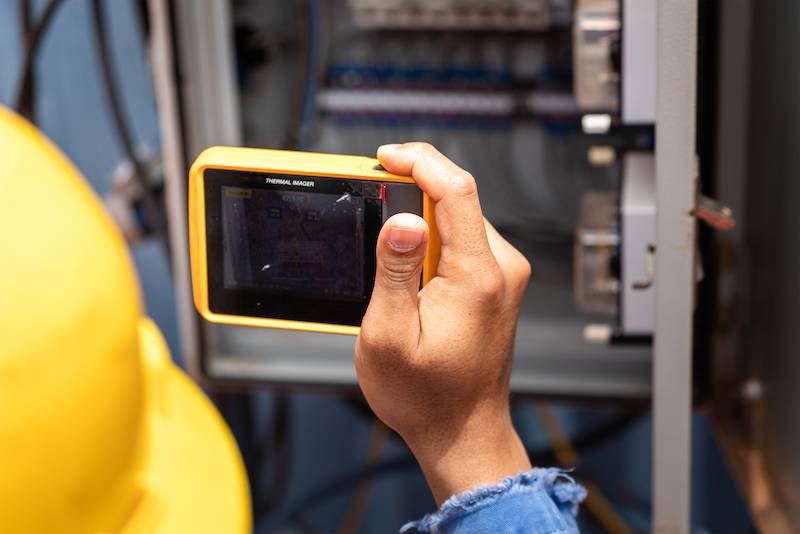
Protecting the Public
The factory floor is not the only environment that requires rapid and accurate instrumentation to create safe conditions. The transport network, whether rail and mass transit systems or the latest automotive advances, instrumentation provides both safety and security for passengers and operators. Modern smoke detectors are vital parts of the safety equipment in public areas, and the IoT allows these to form part of an integrated safety network.
As the instrumentation used in these safety and security applications becomes more sophisticated, so too does the infrastructure required to connect them. Data speeds are growing faster with every new generation of equipment, as does the desire for miniaturized devices. However, the tough conditions found on the factory floor or beside the railroad tracks mean that the infrastructure needs to provide high performance in demanding environments.
Samtec manufactures a range of connectors that are ideal for the data requirements of the smart factory. From high density, board-to-board connectors like the AcceleRate® family to the high-power solutions offered by the mPOWER® Ultra Micro Power family, the Samtec range has a fantastic selection of connectors that are ideal for the integration of safety and security instrumentation systems.
Samtec also offers a range of programs to deliver connectors that will perform reliably in the industrial environment. Severe Environment Testing and Extended Life certification give the engineer all the information they need to design with confidence.
Visit the Instrumentation Applications page to find the connectivity solution for your next safety or security installation.
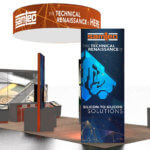
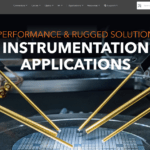
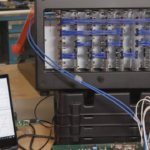
Leave a Reply